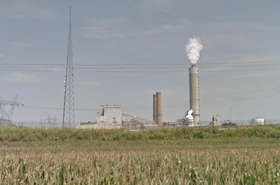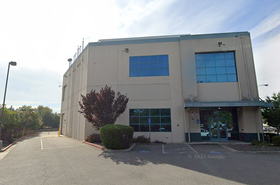As much as 5,000MW of cryptocurrency load could be added to the Texas grid by 2023, despite blackouts earlier this year that left more than 200 dead.
Lee Bratcher, president of the Texas Blockchain council, told Bloomberg that the grid operator Electric Reliability Council of Texas (ERCOT) will add around 3,000-5,000MW in crypto data center mining demand, on top of the existing 500-1,000MW load consumed by the industry today.
Cryptocurrency miners in the state are usually offered a 10-year tax abatement, sales tax credits and workforce training from the state. They also have access to cheap power and few regulations.
The state hopes to pick up the demand from China, after the Middle Kingdom banned most mining due to its drain on the grid, the use of coal power plants to power it, and the difficulty of controlling the currency.
Senator Ted Cruz and Governor Greg Abbott are both supporters of mining, arguing that the industry can use excess power when it's available, and cut back on usage when the grid struggles. But critics note that it uses power that could be spent elsewhere, it supports fossil fuel projects, and throttling usage would be a voluntary decision for miners - who may not do so, even during periods of crisis.
The addition of 5,000MW in demand would be twice that of Austin. It would also outstrip wider data center power usage, which in 2018 was 334MW for the Dallas/Fort Worth area.
Whether all 5,000MW will be added to the grid will depend on whether cryptocurrencies can maintain their value - with volatile coins like Bitcoin going through multiple periods of boom and bust.
Should the extra load be added to the grid, however, it will join a grid that is already struggling. The latest assessment by ERCOT, released this Friday, said that the grid should be able to meet most power demands during normal and moderately challenging weather conditions - although some analysts have said this seems unlikely.
More concerning, ERCOT said that blackouts were likely during extreme weather conditions, which are expected to become more common due to anthropogenic climate change.
A separate report this month from the non-profit the North American Electric Reliability Corp. found that ERCOT had the most vulnerable grid in the US, with electricity demand potentially outstripping capacity reserves by more than 37 percent during extreme events.
In February, a record storm showed just what could happen in such a situation. With ERCOT having failed to weatherize its deregulated grid, supply ground to a halt.
Industries were forced to shut down, data centers trucked in fuel, and hundreds died.





